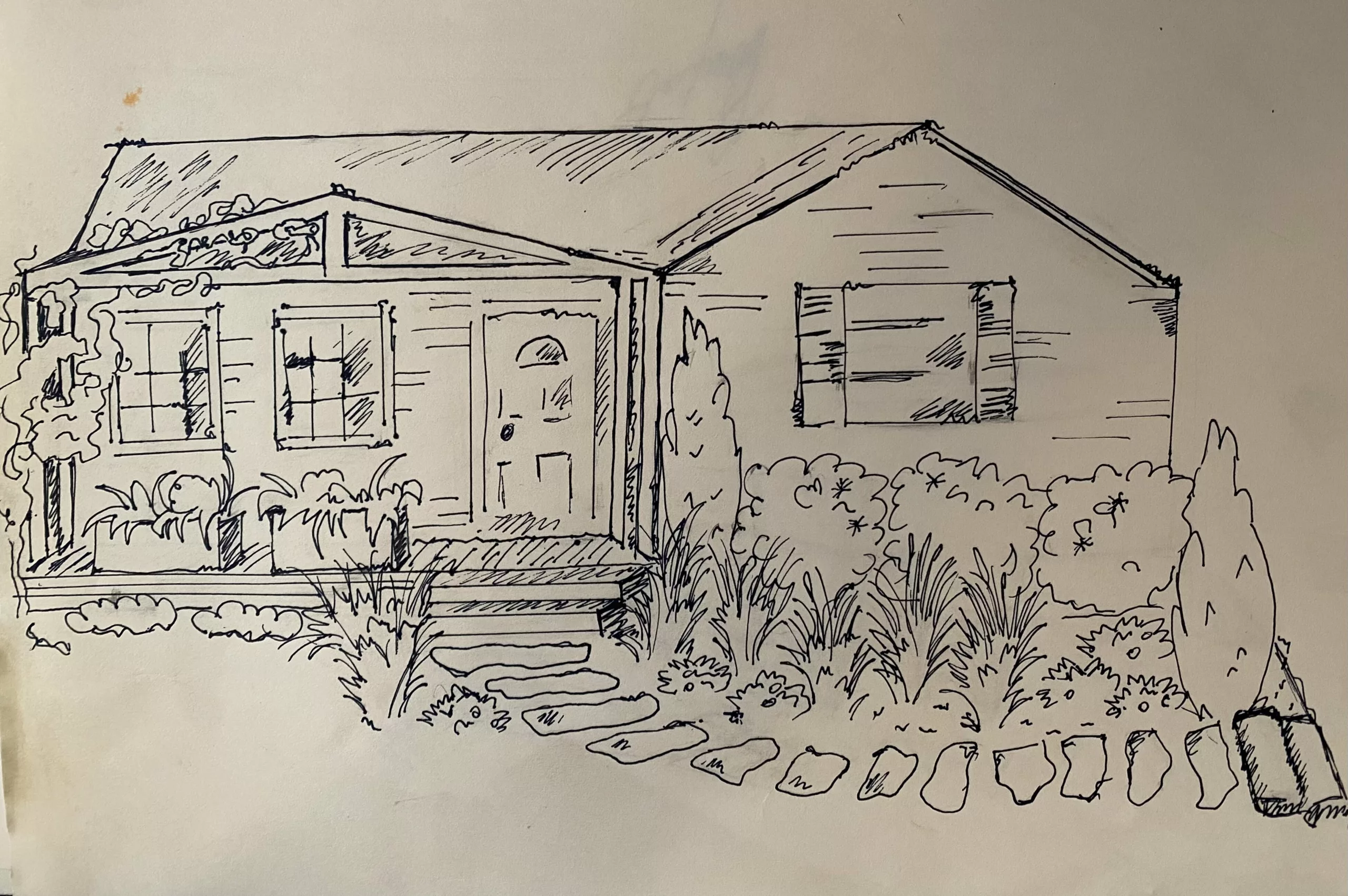Today we are going to discuss “advanced composting”: Vermicompost. We all know that composting is a great way to help our gardens, our wallets, and the planet, however many of us who have haphazardly attempted a compost bin know, it can be a smelly, slimy process. Here is how to start composting today:
(To avoid the beginner mistakes that led me to such a mess, check out our easy, how-to compost blog!)
Vermicompost, or worm-compost is a little different. A healthy worn-bin is odorless, contained, and incredibly easy to manage. Plus the finished product is so rich that plants require less of it than traditional compost, earning it the name ‘black gold’, and if that doesn’t sell you on the wonders of worms, I don’t know what will.
Before we jump in, lets address a common misconception about vermicompost. Worm composting does not mean you should start throwing earthworms into your compost heap (all that will happen is you will kill a lot of earthworms). Instead, we want to create a home for “Red Wigglers”, which are a specialized type of worm who are prized for their ability to turn food waste into ‘black gold’.
How do we do that? Well, we’re glad you asked 🙂
Materials:
- Two plastic tubs that fit inside each other
- Lid
- A drill
- Newspaper or leaf litter (Newspaper is the less smelly option, ideal for indoor bins)
- Coffee grounds
- Food Scraps
- Red Wigglers
How to:
- Drill holes around the rim of both bins, so oxygen is able to get to the worms.
- Drill about six holes along the bottom of the smaller bin. This will filter out the worm-castings, or compost, which will collect in the larger bin, and it will also catch any excess liquid that may accumulate (Note: A healthy worm bin should not produce excess liquid). Keep these holes tiny or worms may find their way out!
- Place the smaller bin into the larger bin.
- Soak newspaper and/or cardboard (without printing or plastic coating) in water for about 10 minutes, then make sure it’s fully saturated, then fill the smaller bin halfway with the wet paper materials, and lightly mix in coffee grounds.
- Add Worms! We recommend Red Wigglers from Uncle Jim’s Worm Farm
- Top with food scraps, and be sure to only feed your worms kitchen and garden scraps that are safe for them! (That means no animal products, citrus, onions, garlic, or cabbage, then make another layer of wet paper. Always be sure to cover your food waste with the bedding material, and if food is exposed it will attract fruit flies.
- Cover with the lid!
Next steps:
Keep your bins indoors, or outdoors in deep shade. While worms perform best when kept at temperatures between 55-80°F, they can survive temperatures from 32-95°F.
 Be sure to check your bins weekly to make sure the worms stay hydrated and fed! Although we recommend removing anything the worms aren’t eating, also be sure to keep an eye on the moisture in the bins. If the materials start to look dry or crumbly, SPRAY (don’t pour!) some water!
Be sure to check your bins weekly to make sure the worms stay hydrated and fed! Although we recommend removing anything the worms aren’t eating, also be sure to keep an eye on the moisture in the bins. If the materials start to look dry or crumbly, SPRAY (don’t pour!) some water!
And there you have it– your very own advanced composting system! Share your worm bins with us by tagging us on Facebook or Instagram @barefootgardendesign! Happy composting 🙂







